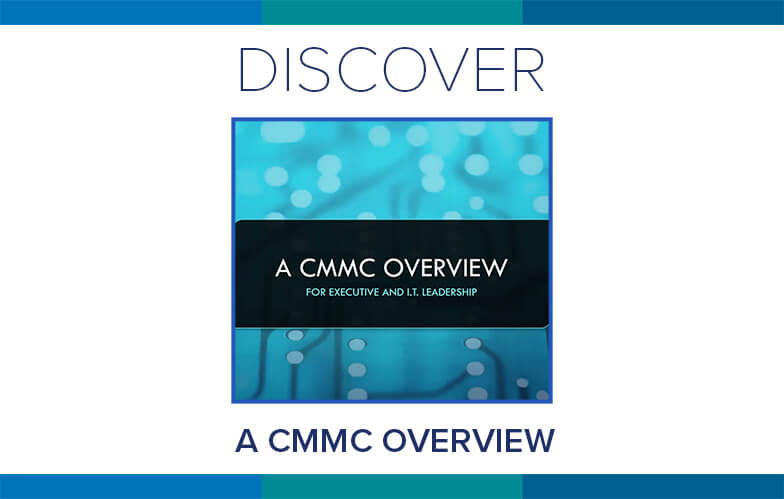
The use of credit cards to settle financial obligations between contractors and their clients and contractors and their vendors is becoming an increasingly popular payment option. The Management Methods Committee’s latest bulletin – Credit Card Payments – explains how to establish this payment option and its advantages and disadvantages.
Credit card transactions used to cover the cost of goods and services involved in construction projects offer substantial advantages over more traditional payment methods. Improvements in cash flow due to faster payments (within 30 to 45 days) and electronically deposited funds and in customer relations and simplified administration results in greater cost savings. Vendors realize additional benefits in increased sales due to B2B payments, online transactions and the opportunities to gain “preferred supplier” status.
As with any financial transaction involving credit, banks impose fees to cover the processing of payments, which range from 1% to 3% of the transaction amount. The party that accepts the payment must also absorb the fee, which may affect the negotiated price for the goods or services. And, if a contractor accepts a credit card payment for a project, the fee will affect his/her profit margin.
Before adopting credit card payments as a transaction option, be sure you understand the bank account requirements and conditions to avoid additional fees.
Looking for Another Management Methods Bulletin?
You can find them on our Management Methods Bulletins page. There, you’ll find the bulletins listed by category with links to help you get what you need quickly.
Or, find them in the Resource Center, where you can use the blue Refine Your Search bar to pinpoint exactly what you’re looking for.




